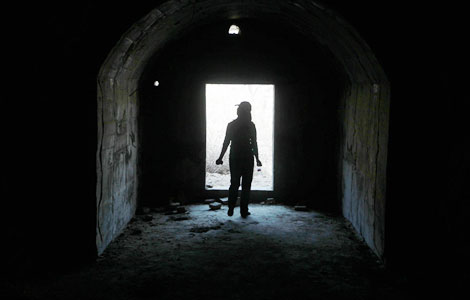Shared fight against H7N9
Updated: 2013-04-09 07:45
(China Daily)
|
||||||||
The continuous rise in the number of people infected with the new strain of bird flu means the authorities must be relentless in their efforts to fight the virus and a nationwide information network needs to be established to prevent it spreading.
The three new cases that were confirmed on Monday mean the number of people infected with the H7N9 virus has risen to 24 since the first case was reported in Shanghai on March 31. Seven of them have died.
The H7N9 strain is a form of avian flu not previously found in humans and given there are still uncertainties surrounding the virus, such as its exact origin and transmission channels, the growing number of human infections is causing increasing concern.
Whether the outbreak can be swiftly and effectively curbed is a severe test of the government's ability to handle public health emergencies.
After the outbreak of Severe Acute Respiratory Syndrome in China in the spring of 2003, which resulted in the deaths of about 800 people worldwide, the Chinese health authorities were accused of initially trying to cover up the disease.
Encouragingly, the authorities seem to have learned the necessary lessons from the SARS outbreak and they have adopted a nonevasive and transparent attitude toward the H7N9 infections from the very beginning. They have shared information and cooperated closely with the World Health Organization.
That there is no evidence of human-to-human transmission means that it should be possible to contain the H7N9 virus if effective measures are taken to prevent contact between infected birds and humans.
Thus the suspension of the live poultry trade in Shanghai and neighboring Zhejiang and Jiangsu provinces, along with the slaughtering of fowls in markets where the virus has been found, are welcome measures to contain the outbreak. These, together with repeated government promises to mobilize resources nationwide to combat the disease, should prevent the H7N9 virus from escalating into a SARS-like public health crisis.
However, this should not stop the authorities from working around the clock to study the disease and making sure all necessary precautions are taken to keep the number of infections to the minimum and prevent the virus spreading.
Most Viewed
Editor's Picks

|

|

|

|

|

|
Today's Top News
Relationship 'relaunched'
Good start expected for summit
Xi, Mexican president discuss bilateral co-op
Cooperation to drive mutual growth
Chinese president arrives in Mexico for state visit
China is victim of hacking attacks
US to be largest trade partner
China joins fight against hacking
US Weekly

|

|















